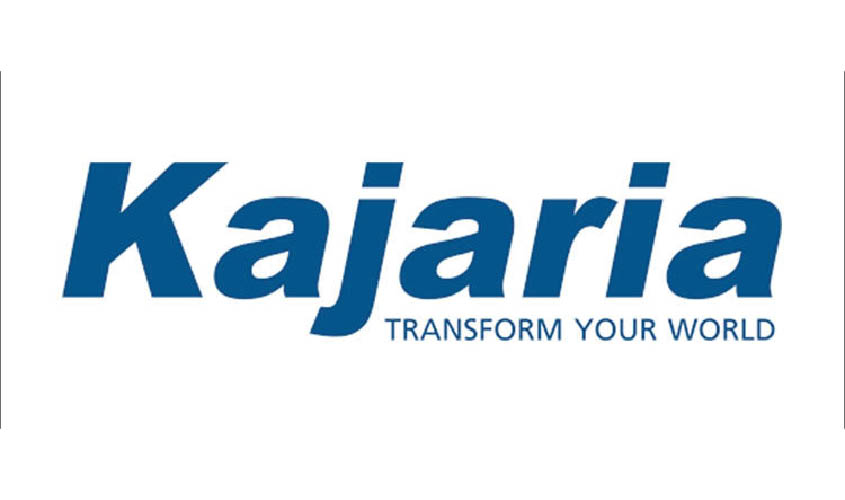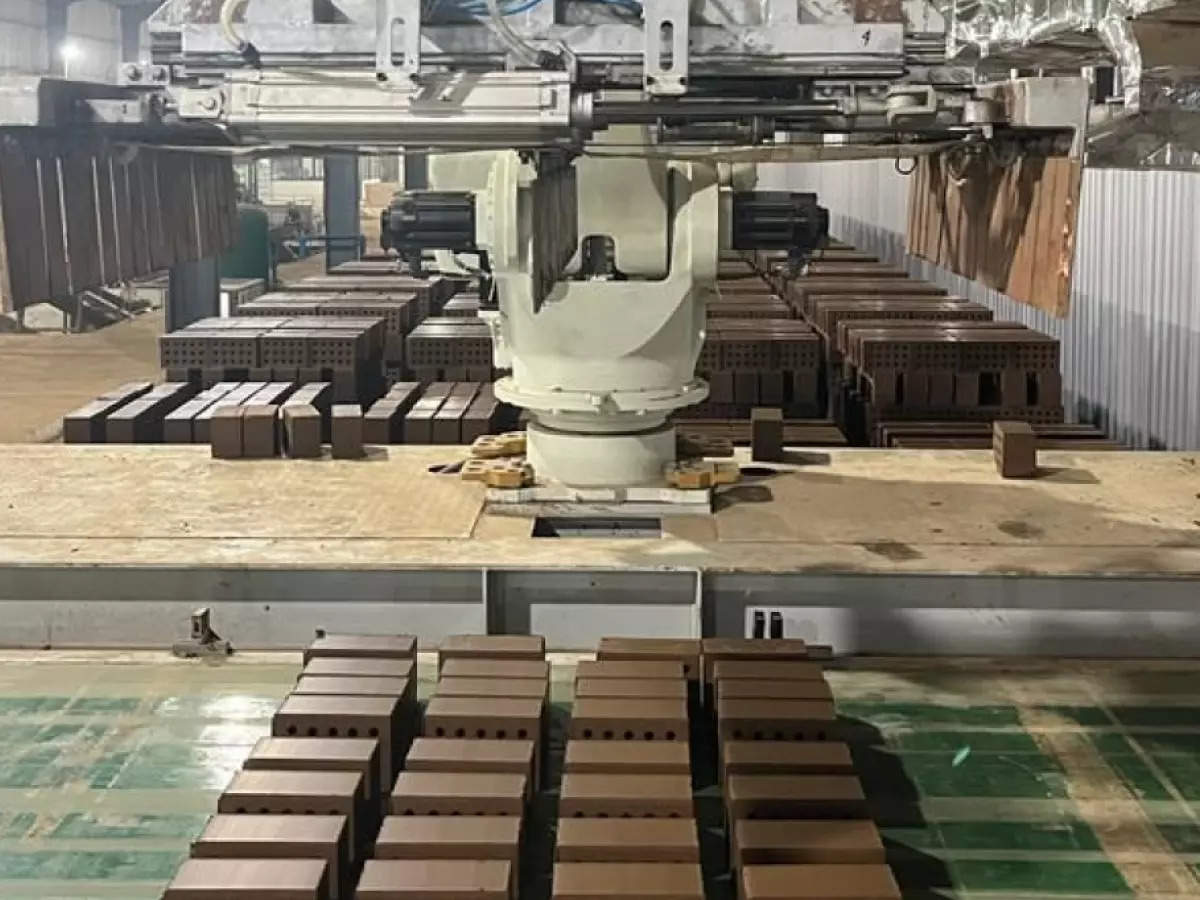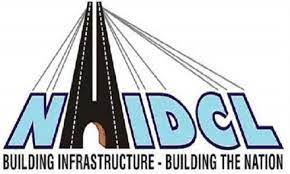E - PAPER
CPWD Adopts Dry Construction Technology
The Central Public Works Department (CPWD) has adopted a non-polluting, dry construction and environment-friendly technology for building two major office blocks at KG Marg and Africa Avenue in the national capital. Their cons
 BY
Realty Plus
BY
Realty Plus
Published - Wednesday, 25 Nov, 2020

The Central Public Works Department (CPWD) has adopted a non-polluting, dry construction and environment-friendly technology for building two major office blocks at KG Marg and Africa Avenue in the national capital.
Their construction began in August this year and is expected to be completed by March next year. The CPWD move comes as the government has recognized dust pollution mainly originating from construction sites as one of the major contributors to the city’s air pollution.
The two major office buildings spread across 49,000sq m and 44,000 sq m will be the first large-scale structures to be built under the non-polluting dry construction technology. The work will be completed in seven months, while the conventional buildings take at least two years to complete.
Dry construction technology uses less water, involves light gauge steel frames (LGSF) for the construction of interior and exterior walls, ceilings, floors and replaces bricks and cement concrete. “The foundation consists of reinforced cement concrete with crystalline admixture and zinc cathodic protection system to reduce porosity of concrete and corrosion of reinforcement bars, thus increasing its durability. The pre-engineered components consist of structural steel columns and beams of grade steel plates. Only nuts and bolts are used for erection of steel structural frames, and no welding is required at site,” said VK Jaiswal, Director General (DG), CPWD.
He said the LGSF used for external and internal walls will be covered with cement fibre boards on the outer side of external walls. The cement fibre boards coupled with gypsum boards are used for interiors. Rock wool is filled in LGSF sections for thermal insulation. No water is required for curing of any concrete or cement plaster work. During the process, dust is not generated, making the construction environment friendly. To increase the fire resistance of the structure, vermiculite cement plaster is done on the structural steel members. This plaster doesn’t need curing.
Overall, the dry construction technology forms about 80% of the total work. Energy and water efficiency besides other environment-friendly practices have been adopted to make the buildings green.
RELATED STORY VIEW MORE
NEWS LETTER
Subscribe for our news letter
E - PAPER
-

CURRENT MONTH 
LAST MONTH















